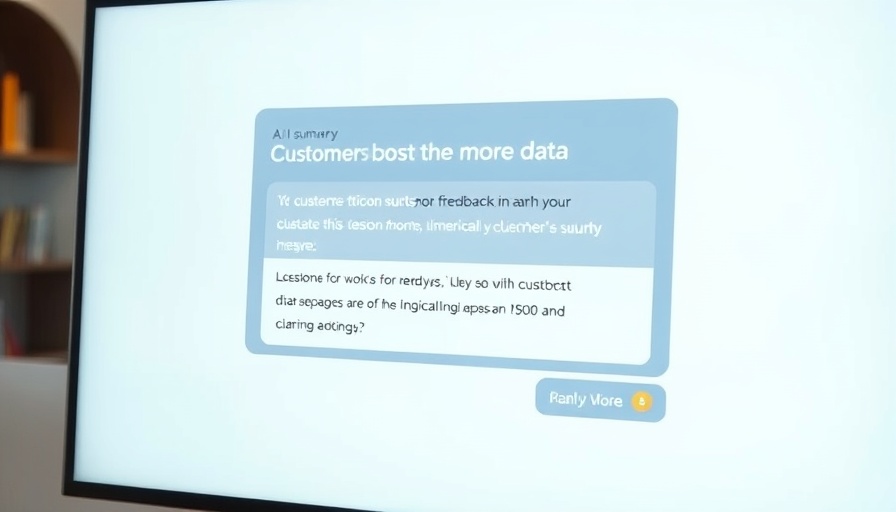
Unlocking Success: Free Training Plan Templates for Businesses
If you're a business owner steering your company through the critical phase of scaling operations, the right training plan can serve as your roadmap. With annual revenues between $2M and $10M, you’re positioned to capitalize on growth opportunities, but this growth demands well-structured training protocols. Utilizing free employee training plan templates can simplify this process by providing the frameworks you need to ensure every team member is set up for success.
Filling the Skills Gap: Why Employee Training Matters
For fast-growing companies, the challenge isn’t just acquiring talent but also nurturing it. Effective training is crucial to close skills gaps and ensure that employees understand their roles within the framework of evolving operational processes. When employees are well-trained, they are equipped to navigate the nuances of their tasks and execute workflows with precision — two factors that significantly contribute to enhanced productivity and collaboration.
Choosing the Right Templates for Your Needs
Not all training plans are created equal. Depending on your industry and specific business needs, you may require different types of training templates. For a software development team, a technical skills training plan may be essential, while for a sales force, a customer engagement training plan might be more appropriate. Open-source platforms and resources like ClickUp offer curated lists of templates that are free to use and adapt, ensuring that you can address the unique needs of your team efficiently.
Benefits of Using Templates in Training Development
Templates standardize processes and allow you to create a consistent training experience across the company. This can increase employee confidence in their roles and enhance overall job satisfaction. With tools for project management and effective software tools, these templates can be integrated into your existing workflows seamlessly — making it easier to track progress and evaluate employee performance over time.
Real-World Examples: Implementing Training Plans
Consider the case of a mid-sized marketing firm that implemented a new product development training plan within three months of introducing it. The result? A remarkable 25% increase in project completion speed, leading to quicker delivery times for clients. When business owners leverage structured training plans, they often see immediate improvements in operational effectiveness and team morale.
Utilizing Technology for Enhanced Training Delivery
Incorporating software tools can streamline the training process. For example, Learning Management Systems (LMS) can automate training delivery, track employee progress, and provide valuable analytics on team performance. This not only saves time but also aids in identifying which aspects of the training program are most impactful, allowing for continuous improvement.
As you implement the training plans, consider also fostering an environment of collaboration and feedback. Encourage your team to share insights and suggestions based on their training experiences, ensuring that the learning process evolves in tandem with your business growth.
The Call to Action: Start Building Your Training Infrastructure Today
Don’t let operational chaos hinder your company’s growth trajectory. Try out the free employee training plan templates available online to streamline your processes and boost team performance. By investing in structured training, you can enhance collaboration and develop a workforce that’s not only skilled but also aligned with your growth goals.
 Add Row
Add Row  Add
Add 



Write A Comment